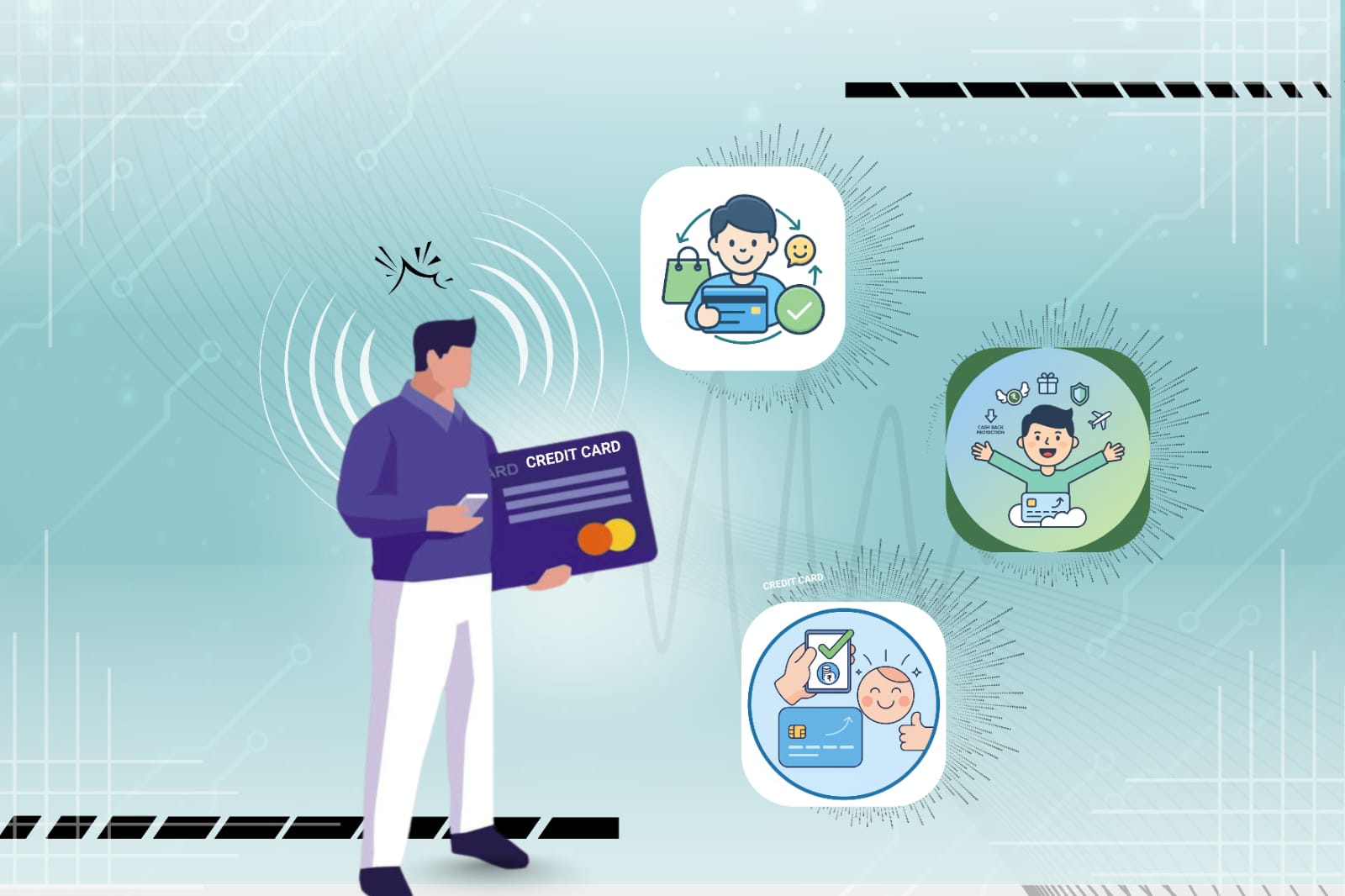 February 6, 2025
February 6, 2025
Credit cards offer a seamless way to pay for purchases and bills, while also helping you build a strong credit history. Used wisely, they can even earn you rewards and cashback on everyday spending.
At their core, credit cards are tools for short-term borrowing. When you open an account, your issuer assigns a credit limit—this is the maximum amount you can spend. Each transaction reduces your available credit, which is restored as you repay your balance.
Whether shopping online or in-store, your card details are securely transmitted to the merchant’s bank. The bank seeks approval from the card network, and your issuer verifies the transaction before authorizing it. Once approved, the amount is deducted from your credit limit and paid to the merchant.
Every month, you receive a statement listing your transactions, outstanding balance, minimum payment, and due date. If you pay the full amount within the grace period, you avoid interest charges. Otherwise, interest—based on your card’s Annual Percentage Rate (APR)—applies to the remaining balance. APR includes your interest rate and any applicable fees.
By understanding these basics and paying on time, you can make the most of your credit card while keeping your finances in check.